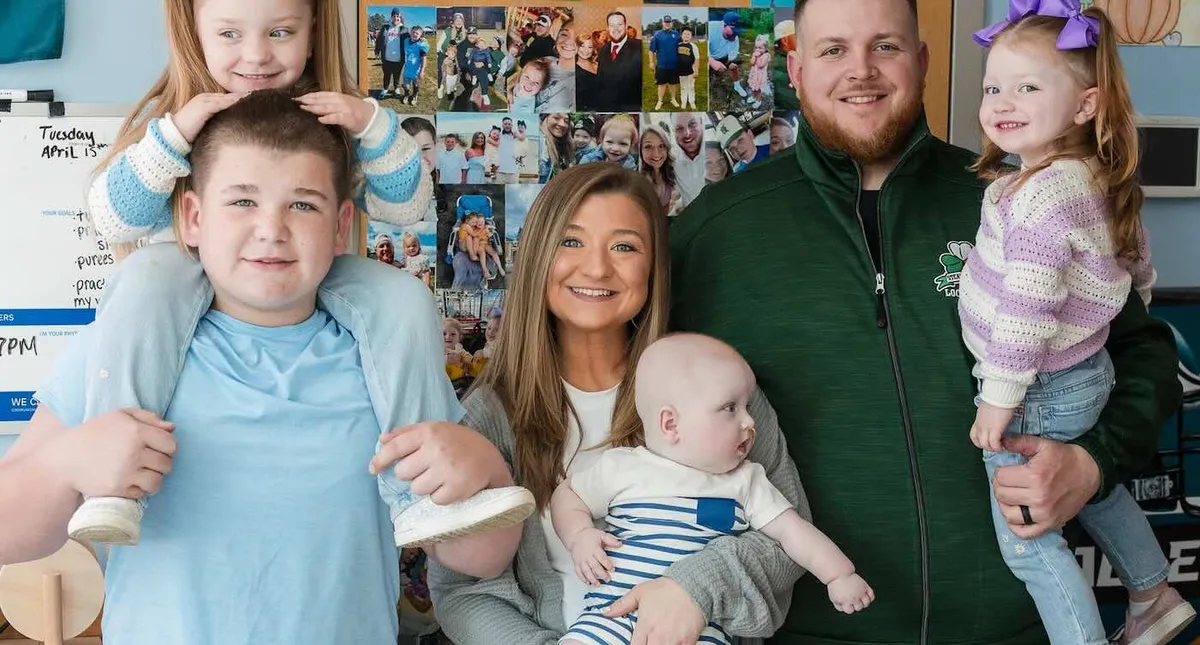
In a remarkable advancement in the field of medicine, a child diagnosed with a rare genetic disorder has been effectively treated using customized CRISPR gene editing therapy. This groundbreaking treatment was developed by a dedicated team at the Children’s Hospital of Philadelphia and Penn Medicine. The patient, an infant named KJ, was born with a severe metabolic condition known as carbamoyl phosphate synthetase deficiency (CPS1), which severely impairs the body's ability to process proteins.
After spending the initial months of his life in the hospital on an extremely limited diet, KJ received his first dose of the tailored therapy in February when he was approximately six months old. The administration of this innovative treatment was successful, and since then, KJ has shown significant improvement, growing and thriving beyond initial expectations.
This case was recently highlighted in a study published by The New England Journal of Medicine, marking a significant milestone that could pave the way for gene editing technology to be adapted for the treatment of individuals suffering from rare diseases without existing medical solutions. Dr. Rebecca Ahrens-Nicklas, the director of the Gene Therapy for Inherited Metabolic Disorders Frontier Program at the hospital, expressed hope that KJ's successful treatment would lead to more patients benefiting from such customized approaches.
CRISPR-based gene editing enables precise corrections of disease-causing variants within the human genome. Although these tools are complex and highly specialized, they have predominantly been applied to more common diseases affecting larger patient populations. Currently, the U.S. Food and Drug Administration (FDA) has approved therapies for conditions like sickle cell disease and beta-thalassemia. However, many rare genetic disorders, which affect millions globally, have lacked targeted solutions until now.
Dr. Ahrens-Nicklas and Dr. Kiran Musunuru, a professor of Translational Research at Penn’s Perelman School of Medicine, collaborated to explore the feasibility of developing customized gene editing therapies for individual patients, particularly focusing on urea cycle disorders. These disorders prevent the proper breakdown of proteins, leading to toxic ammonia buildup in the body. Children with these conditions often lack the vital liver enzyme needed to convert ammonia to urea, resulting in life-threatening health complications.
After extensive preclinical research into similar disease variants, the researchers specifically targeted KJ's variant of CPS1 shortly after his birth. Within six months, they successfully designed and manufactured a base editing therapy delivered via lipid nanoparticles directly to the liver to correct the faulty enzyme. KJ received his first infusion of this experimental therapy in late February, followed by additional doses in March and April. Remarkably, KJ has not experienced any serious side effects and has shown improved tolerance to dietary protein, requiring less medication for nitrogen scavenging.
Dr. Ahrens-Nicklas emphasized the importance of continual monitoring for KJ, while also highlighting the promising initial findings. She stated, "We want every patient to have the potential to experience the same positive results we saw in this first patient." Dr. Musunuru added that the advancements in gene therapy signify a transformative shift in medical approaches, potentially providing hope for many individuals with rare diseases.
Traditionally, patients with CPS1 deficiency have been treated through liver transplants. However, these procedures require patients to be in a stable condition and old enough to endure such significant interventions. The researchers recognized the urgent need to discover new treatment methods for young patients like KJ, who are too small for transplantation, to prevent the risk of severe health complications.
KJ's mother, Nicole Muldoon, expressed her family's commitment to exploring all possible options for their son’s health. "We thought it was our responsibility to help our child, so when the doctors came to us with their idea, we put our trust in them," she shared. The excitement in the Muldoon family is palpable, as they now enjoy quality time together at home, allowing KJ to interact with his siblings and relish a newfound sense of normalcy.